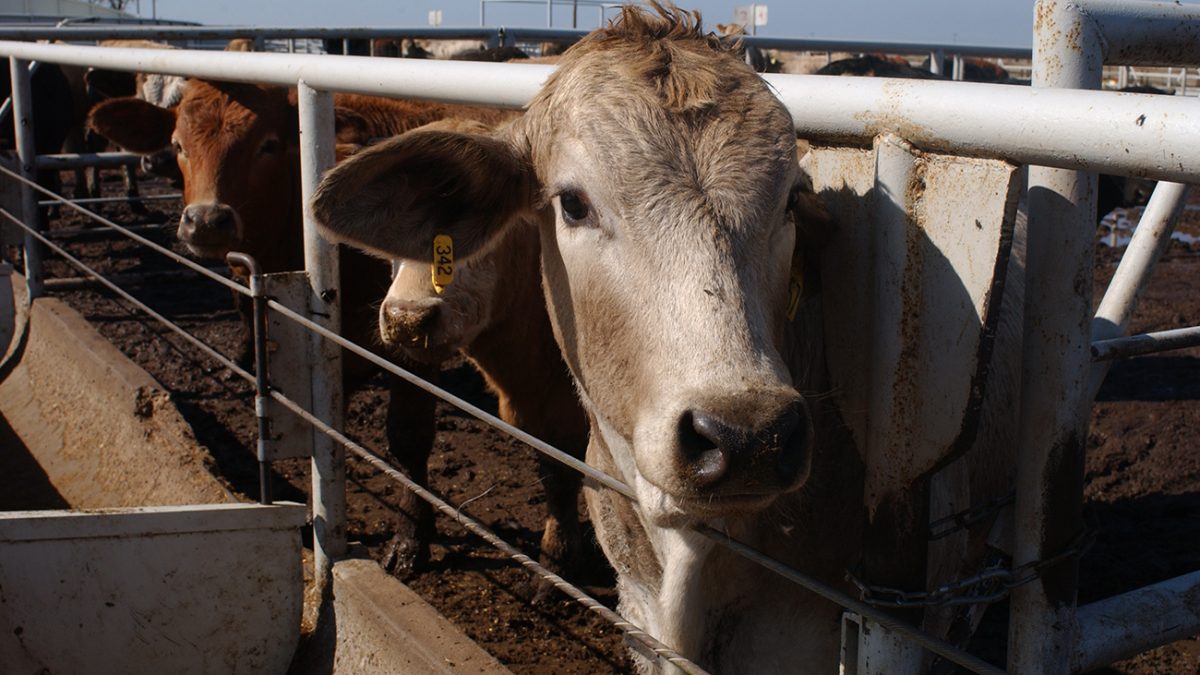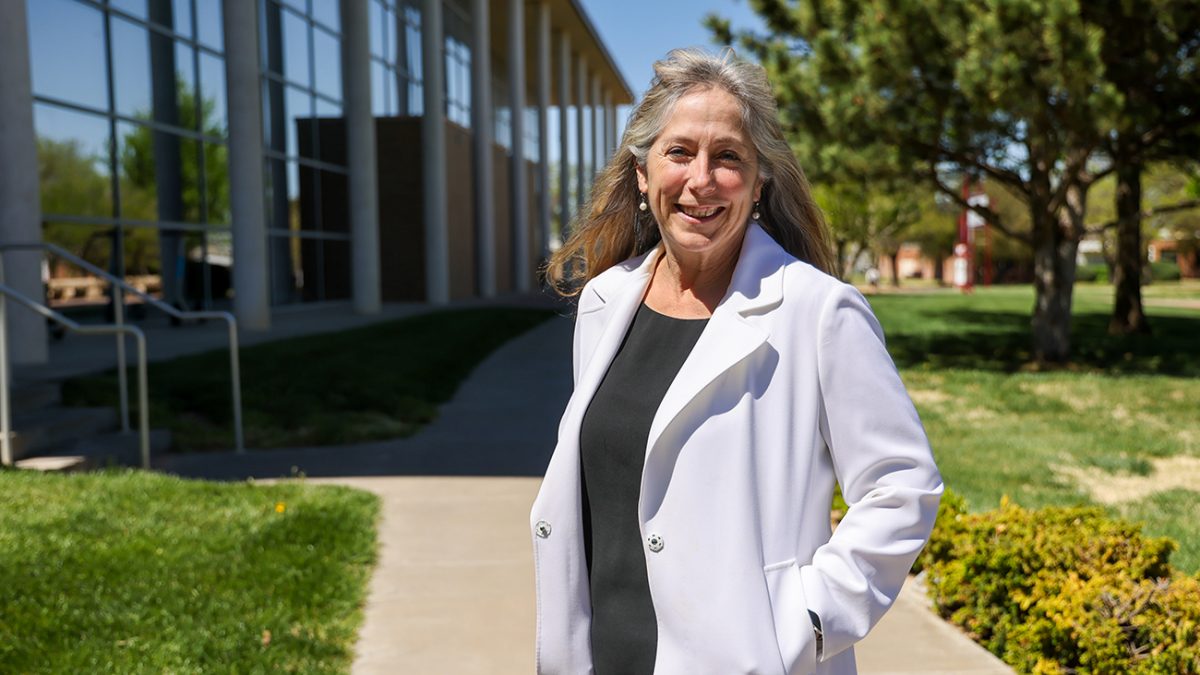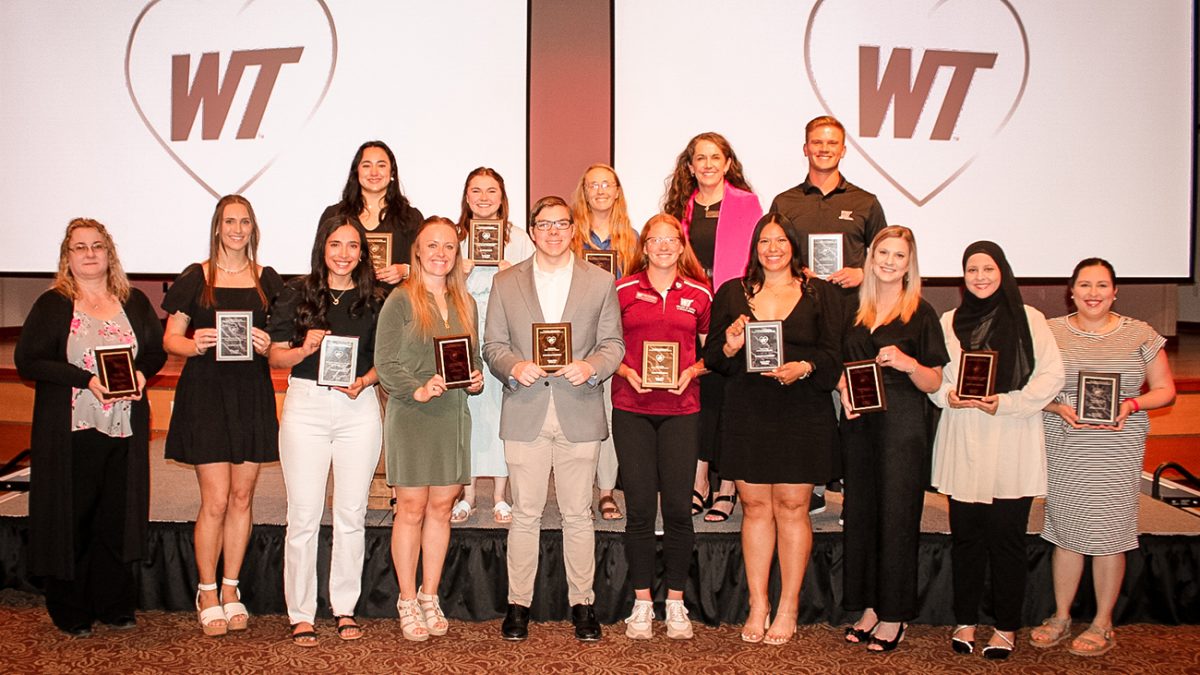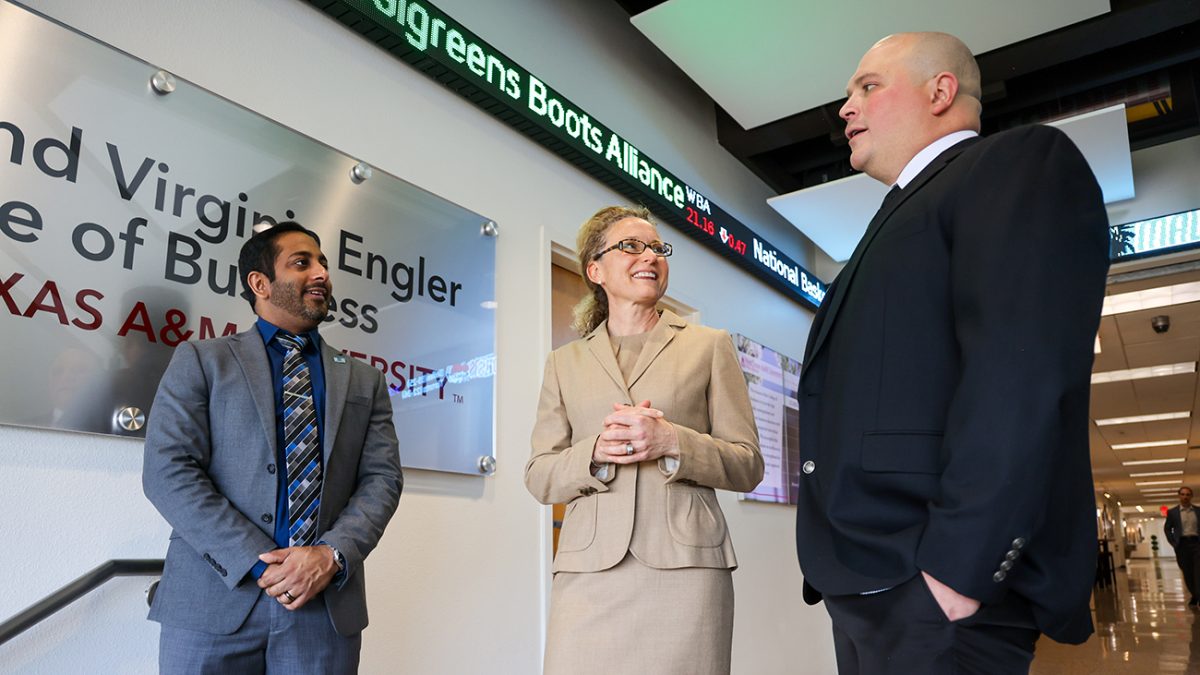CANYON, Texas — A West Texas A&M University professor was a key member of a team investigating the causes of one of the costliest afflictions in cattle.
Dr. Ty Lawrence, WT’s Caviness Davis Distinguished Chair in Meat Science and professor of animal science in WT’s Paul Engler College of Agriculture and Natural Sciences, and scientists from the USDA’s Agricultural Research Service, Texas Tech University and Kansas State University recently published a model study into the triggers for liver abscesses in cattle in the Journal of Animal Science.
The team also has earned a $650,000 grant from the USDA National Institute of Food and Agriculture to continue this work.
Liver abscesses often occur in feedlot cattle because they are fed a high-energy, low-roughage diet in order to reach the desired quality grades weight prior to slaughter. The abscesses can lead to the need to further trim carcasses, which can lead to more than $900 million in annual beef industry losses.
“A reliable and repeatable model will allow beef industry scientists to apply treatment strategies to mitigate liver abscess frequency and severity,” Lawrence said.
WT has been a leader in researching cattle liver abscesses since the 1970s.
April is Research and Innovation Month across The Texas A&M University System.
“After decades of studies, researchers haven’t found an accurate way to predict nor diagnose liver abscesses, because of the complexity of the disease,” said Rand Broadway, a research scientist with ARS’s Livestock Issues Research Unit. “Our study is a huge collaborative effort between USDA and academic partners to develop a liver abscess model in cattle that can help us better understand how liver abscess formation begins. We are constantly learning about the causes and development of these abscesses.”
The research team’s model consistently reproduces such abscesses in about 50 percent of the cattle on which it has been tested, which is important for researchers to study abscess development and prevention strategies, particularly in calves entering the beef supply chain from dairy origin.
Researchers tested two diets and three bacteria commonly found in liver abscesses.
Most people associate liver abscesses in cattle with a high-energy diet. The theory is that when cattle are fed elevated grain levels, highly fermentable starch in the rumen—the largest stomach in ruminant animals like cattle—is rapidly fermented by bacteria, causing a drop in rumen pH. This acidity causes damage to the rumen lining, allowing bacteria to travel into the blood, reaching the liver and other organs where they can cause infection. However, it is still unknown with accuracy the exact route that these bacteria take to cause infection or injury to the liver.
Scientists discovered that the bacteria associated with liver abscesses in cattle may not always originate from the rumen. An alternative route may be bacterial travel from the lower gastrointestinal tract. The research showed that in some cases, when these bacteria were not detected in the acidic rumen environment caused by a high-grain diet, no liver abscesses were detected. However, when scientists introduced bacteria directly to the rumen, they observed the formation of liver abscesses and were able to isolate the bacteria from the infected sites.
The study confirms that an acidotic diet, combined with bacterial inoculation in the rumen can be used as a model to induce liver abscesses. However, further research is being conducted at USDA to determine the consistency of the model before it can be used to evaluate new interventions to prevent this complex infection.
Lawrence and Dr. John Richeson, WT’s Paul Engler Professor of Beef Cattle Feedlot Management and associate professor of animal science, recently edited an issue focusing on cattle liver abscesses for Veterinary Clinics of North America: Food Animal Practice, a semiannual research journal.
Meeting area needs as a Regional Research University is the primary goal of the University’s long-range plan, WT 125: From the Panhandle to the World.
That plan is fueled by the historic One West comprehensive fundraising campaign, which reached its initial $125 million goal 18 months after publicly launching in September 2021. The campaign’s new goal is to reach $175 million by 2025; currently, it has raised nearly $160 million.










